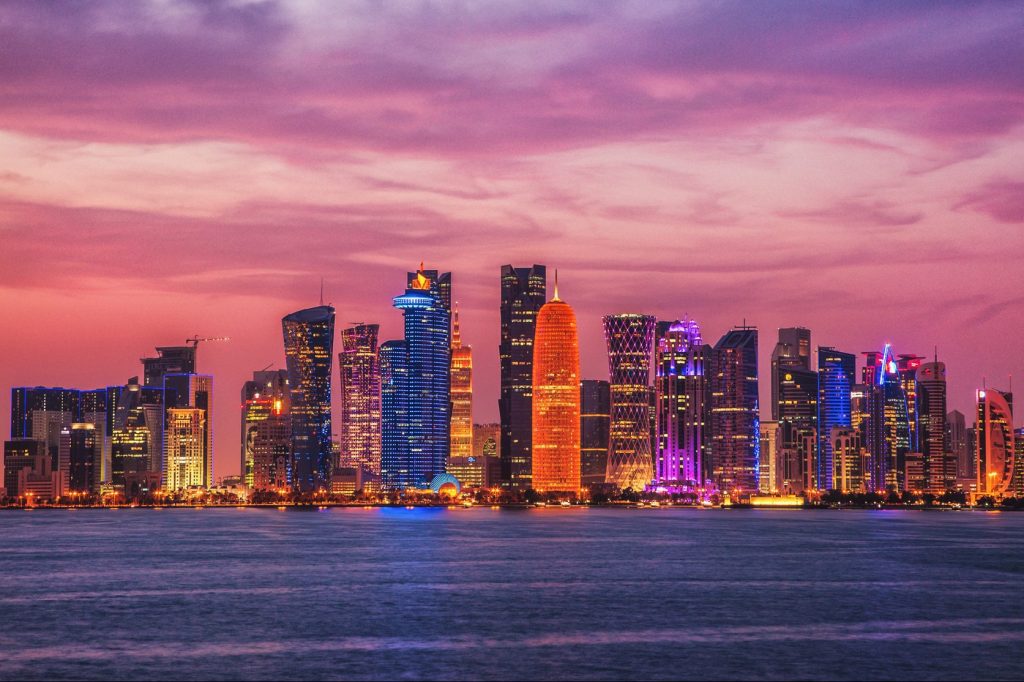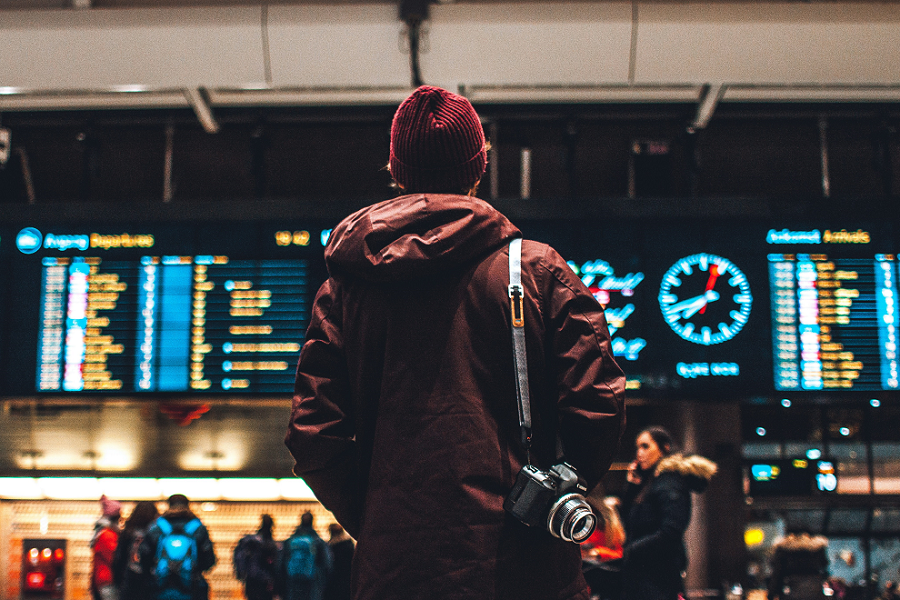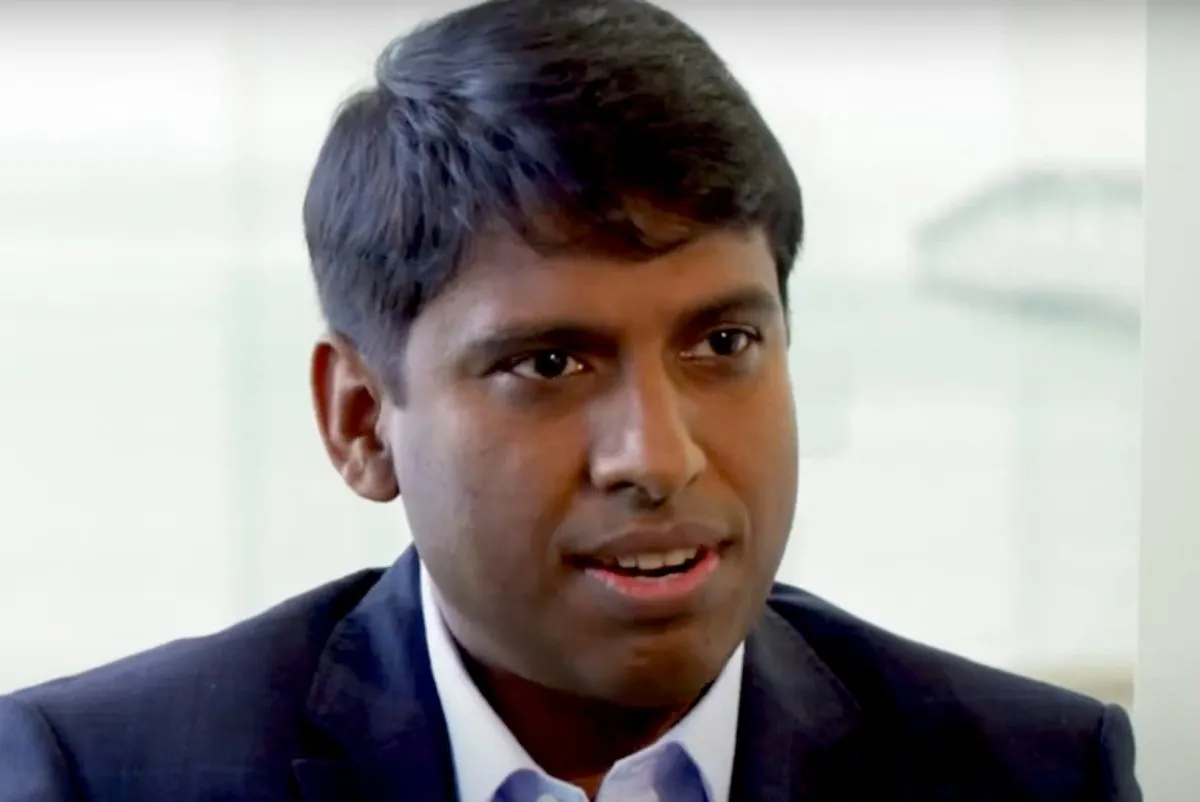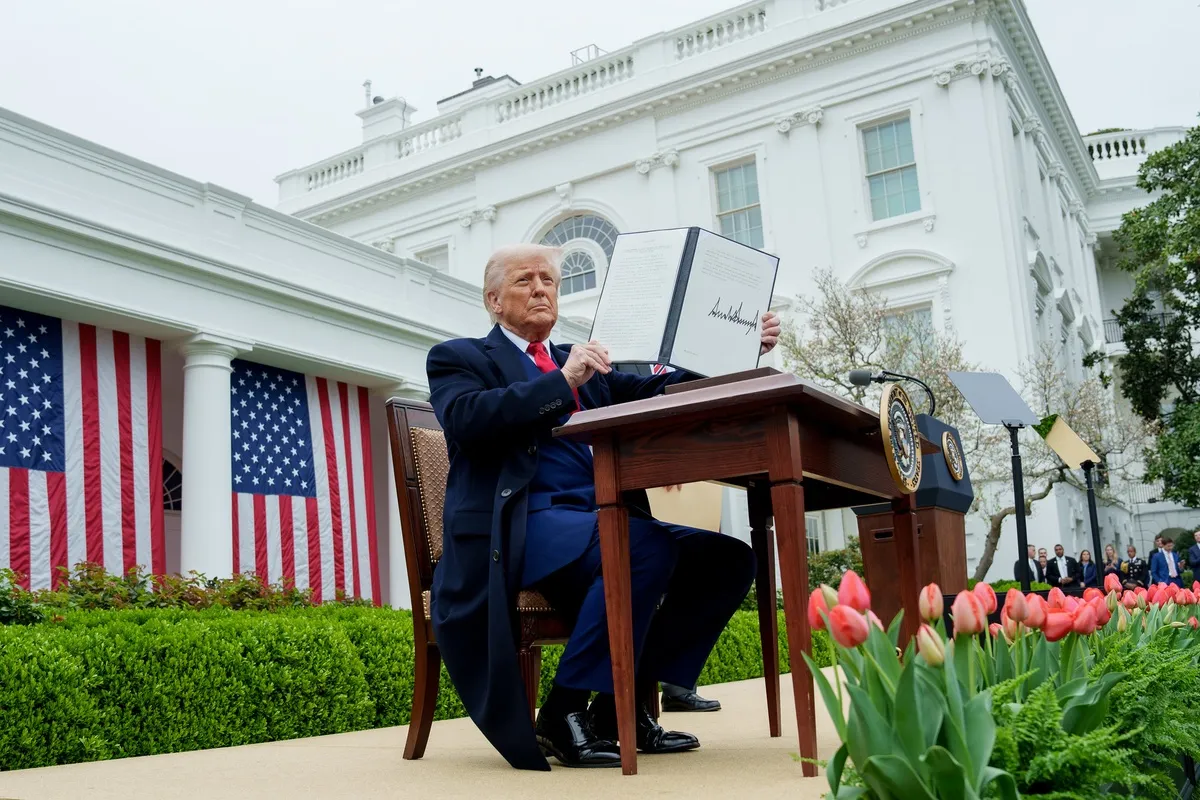Doha Quickly Comes of Age Ahead of World Cup 2022

Skift Take

On Experience
Colin Nagy is a marketing strategist and writes on customer-centric experiences and innovation across the luxury sector, hotels, aviation, and beyond. You can read all of his writing here.Qatar appears in the public consciousness as a bit of an abstraction, a mirage in the desert. You’ll see the capital, Doha, pop up as a mention in political negotiations, or more recently as a leading figure in the humanitarian evacuation of Afghan citizens during the fall of Kabul. But if you canvas a range of Americans, there will be a loose name association with Qatar, if anything, or a faint recollection of an oil and gas-rich place or an airbase for past conflicts.
But the reality is Doha is undergoing a rapid pace of change. It is a place of ambition and capital, careening toward a deadline for the 2022 World Cup, starting in November. It is a place balancing conservatism with the modernity and culture required to become a global city, and the interplay is fascinating to watch.
I’ve been coming to Doha since around 2008. My first forays were stopover trips: a spin through the IM Pei-designed Museum of Islamic art, the obligatory visit to the Souq and photo-friendly falcon hospital, and onward on Qatar airways. But in the past several years, there has been a considerable effort to ramp up pretty much every conceivable element of society: from infrastructure to hospitality, and, most recently, culture. Doha has been following the crawl, walk, run foundational strategy pioneered by rapid growth countries like Singapore. They have slowly and methodically gotten some of the pieces together, and are now adding elements of art, design, retail, and small business that heretofore were the missing links in the tourism experience in the country.
Travel and Transport
Qatar took a page out of the Singapore playbook by starting very early with an incredible national carrier, combined with a world-class airport. The overall strategy has brought passengers through the country, sometimes for stopovers, and has built the brand awareness that has been a foundation to build on. Qatar Airways, sometimes outlandishly so, stands out in terms of luxury: their business class “Q Suites” rival first-class offerings on other airlines. Their actual first-class on their rare A380s suit the discernment of a very wealthy nation with connections to London and Paris. And Hamad Airport consistently gets rated one of the best airport experiences in the world. I find it perhaps not over the top as the Instagram-friendly Changi, but it is incredibly well designed, efficient, and has the tasteful trappings of luxury in terms of lounges and premium services that rival anywhere in the world. It is a also near-perfect liminal space, where lots of different people and cultural operating systems: wealthy Sheiks, Chinese tourists, and migrant workers cross paths in a jet-lagged state. The people-watching at this crossroads of the world is superb.
The investment in infrastructure has expanded further. Once you arrive in Doha, there’s a pleasant surprise to be had. The Middle East isn’t generally known as an urbanist’s paradise. Places like Dubai are very much centered around cars (white Range Rovers and Land Cruisers, specifically). As such, the longtime city dweller in me loved the subway they’ve opened. While it has been functional since 2019, Doha has been expanding and adding more lines. Up to now, my standard for a functional, well-run subway was Hong Kong, Singapore, and Seoul. But this experience blew me away. It’s clean, efficient, well designed, and even has a “Gold Class” which is a business class styled car for the price of a normal New York City swipe. Of course, this type of infrastructure will be necessary as the city will need to ferry a lot of fans through to stadiums to take the strain off of motorways, but I was actually happy that I skipped the Uber and went underground to explore. With the rampant pace of construction going on with roads, it is also fast and efficient to travel this way.
Hospitality
In the West Bay of Doha, the first major hotel constructed in Qatar still stands: the Sheraton. It still bustles with activity, including one of the better Lebanese restaurants in town. But it also serves as a reference point for how far hospitality in the city has come. Built in 1979 at a cost of $100 million, it has a distinctive pyramid shape that likely looked otherworldly when it was built in the infancy of Doha. It is part of the conference facility for the Organization of Arab States and most recently served as a negotiating point for the withdrawal of U.S. troops from Afghanistan.
There is a frenzied pace of activity in terms of new hotel openings: the Banyan Tree, the Mondrian, located conveniently close to the F1 event, a Park Hyatt, and most other large chains are represented. But the two most notable hotels that give a view to the city’s future outlook are actually quite different. The Four Seasons, like many hotels from the brand in Middle Eastern countries, sits directly inside the nexus of politics, diplomacy, business, and investment (a short walk from the Qatar Investment Authority). It is located in the diplomatic quarter, and as a result, the lobby and cigar smoke-filled Library Lounge make for a sense of intrigue and gravitas.
In anticipation of the World Cup, the hotel underwent a complete renovation, re-opening in March 2021, from the designer Pierre-Yves Rochon who used the early morning Doha light as a muse, putting a modern touch on the classical elements of the hotel, while making it feel fresh. The murmur of the lobby, the flowers, and the mix of international business, politics, and Qataris in national dress make it seem like the center of the action. And, on a recent visit, Qatar’s leader Hamad bin Khalifa Al Thani met with the King of Jordan. And I bumped into part of a U.S. Congressional delegation trying to get in a few reps in at the gym. There's a global bustle that is hard to miss.
The yin to the Four Seasons yang can undoubtedly be seen in the newly opened Mandarin Oriental, sitting within the new Msherib development, envisioned by Sheikha Moza bint Nasser, who has served as a cultural force in shaping Qatar’s evolution. Msherib, a subsidiary of the Qatar Foundation, is intended to bridge the gap between traditional Doha architecture and the modernity that the city is crashing towards. It is significant: there are 100 buildings, retails, townhouses, and high-end apartments. I stopped by on a recent trip, and, while the city was in a bit of a Covid slumber, it was clear to see the development was attempting to fill in what had been missing in the city: a hub to attract more of the young, tech-centric creative class, and the businesses that cater to them.
Smaller enterprises were given space, and there is an abundance of non-chain coffee (Qataris like a good boutique cup of joe), and the type of retail that you’d expect in a Western creative capital. Now, there is more work to be done to attract the right types of retail and business, it’s not a done deal. But it is clear to see that the ambition here is more Marunouchi, the stylish and beautifully curated shopping district in Tokyo than it is the obvious luxury chains you would associate with Middle Eastern luxury taste.
The Mandarin Oriental is positioning itself as a business and creative hub in the middle of this development: despite being hamstrung by Covid, they’ve brought in a star team of staff: Hotel manager Thomas Kinsperger joined from MO Bangkok, and the hotel also staffed up with some of the furloughed Qatar flight attendants. Service at the MO Club, where I took several meetings, was about as crisp and precise as it could be: the service was as tight as the in-flight service. And while they weren’t operating at full capacity, it was clear the brand staffed the hotel and its leadership as somewhere it wants to establish as a strategic Middle Eastern beachhead for the future.
Bringing Outside In
Indeed, the biggest seismic change that has happened with Qatar is the thoughtful approach to bringing outside in. This is happening on a few levels: you wouldn’t really think of Barry’s Bootcamp being in Qatar, but it is there, at the Gate Mall. The Arab Cup will serve as a dry run for the World Cup, bringing more football fans in to pressure test the system. F1 is coming, along with its hyper cosmopolitan and global audience. Art and design are front and center. I met with Whitney Robinson, a longtime travel journalist and former editor-in-chief of Elle Decor who was working on Culture Pass Club, a members-only cultural community housed in 14 townhouses. Each townhouse has a different touch: there are big names designing the spaces like Diane von Furstenberg and Armani/Casa, but also the Williamsburg, Brooklyn, design shop The Future Perfect as well as Qatari artists and designers Aisha Al-Sowaidi and Wadha. When I walked through the complex, an advance team was setting up for a Virgil Abloh DJ set later in the week, something that back in my initial 2008 visit would have never happened. External culture is slowly and thoughtfully being integrated. But it’s not "smash and grab" and all bling-focused as you might see in Dubai. But rather in a curatorial and deliberate fashion.
Another important figure in this mission is Shaika Al Sultaiti, a noted Qatari interior designer who was leading the curation of the “outside-in” approach, picking the international brands and retail partners but also thinking about innovation: 3-D printing labs and the co-working spaces that are now standards in Western cities. There’s a sense, again, that there’s ambition careening towards the World Cup deadline, but it isn’t just to serve football fans, but rather to add depth and culture to make Doha a destination. Covid may have slowed the progress, but it is still happening.
Soft Diplomacy
The Qataris have excelled at the soft diplomacy of culture. There are stunning Richard Serra sculptures in the middle of the desert. IM Pei created a stunning Islamic Art Museum, and the Qatari Museum tells a story of the history of the country, and its progress in an incredibly sensory, multimedia way, coupled with otherworldly architecture. Designed by French architect Jean Nouvel, the building is designed to resemble a natural mineral formation known as the desert rose. More than 250,000 different steel elements are covered in glass-fiber-reinforced concrete. Friends I’ve sent there on trips have told me they’ve walked out having Singapore-like awe of what has been achieved in the country in a short period of time (the country was only founded in 1971).
Room for Improvement
As this column is in the business of dissecting experiences, I rate the pace of change in Doha despite Covid constraints incredibly well. I did poking and prodding and found that worker safety has improved considerably, even down to the beds for workers and living areas (no bunk beds, strict standards for outdoor work in the heat), which has been a criticism in the past. But what stood out to me as something that needs to be addressed is the process of getting in and out of the country.
Right now, it is a bit arduous: you need to upload your vaccination card, Covid test, and other information and get clearance prior to checking in at the airport. Once in Doha, you need to download an app and show your status when entering every building or public area: the user experience wasn’t smooth. When I visited in August, I had to have a Qatari sim card. When I stopped by again in October, you were ostensibly able to use an international number but it didn’t work. And to leave, you have to get a Covid test. In Dubai, hotels and other places make this easy: people will even come to you for a fee to administer the test. In Doha, you have to go to a central medical center or hospital and it was clear the tourists are still the edge case: I elicited frowns when saying I didn’t have a local Qatari number, and instead had to give a friend’s number.
While these are forgivable and fixable, it does bring to light how much needs to be done to address the customer experience as the country careens about the World Cup. Right now, as a seasoned traveler, I encountered friction points and inefficiencies in the experience. Plus, I wasn’t too crazy about installing an invasive app on my phone, giving away who knows what permissions in terms of location and other data.
That said, as I canvassed many residents in Doha, hoteliers, tourism officials, and other people, removing friction from the user experience is indeed an emphasis and key players know it needs to happen. The tourism industry is making its voice heard in the matter. And, in fairness, the country has only re-opened to outside travelers in July. So unlike, Dubai, they were emerging from a figurative slumber and have to catch up. But the smoothness of the digital arrival and tourist experience needs to match and exceed the other investments and finesse I witnessed in other areas of society, given how many people will be passing through. Given the other operational acumen, I am optimistic it can happen.
Ambition Careening Toward a Deadline
I always enjoy the Middle East, particularly the light, and I’ve always enjoyed Doha. But now, it has graduated from somewhere that was a quick stopover, to somewhere that merits more time and attention from a cultural perspective, with hospitality and soon, as a place to check out retail and small businesses from around the world. The country has done an admirable job in opening up its aperture, and applying a sense of taste and curation. It is apparent this worldview, long conveyed by the country’s leadership is finding a through-line through culture. Much as Singapore has reached the enlightened, arts and culture element of its development, Qatar has created the building blocks and systems to allow these elements to continue blooming even after their immediate deadline of the World Cup.





